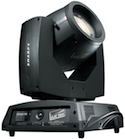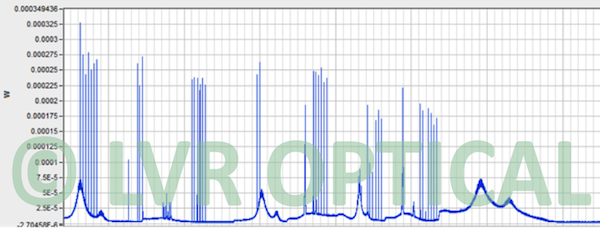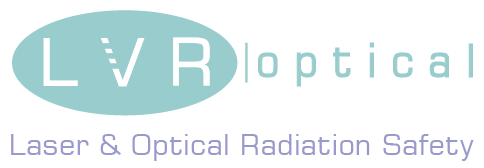
BLOG: Sharpys and Lasers
 Since its introduction in 2010 the Clay Paky Sharpy has grabbed the attention of lighting designers eager to use its distinctive near parallel beam of light for a wide range of production applications. In this time the Sharpy and the effect it produces have become a standard sight at stage and television events; often used in multiples of tens or even hundreds at a time to create the characteristic ‘beam looks’ they have become known for. In fact, Clay Paky themselves describe the Sharpy’s output as being a ‘laser-like beam’, which is realised through combining the 189W discharge lamp with some clever optics.
Since its introduction in 2010 the Clay Paky Sharpy has grabbed the attention of lighting designers eager to use its distinctive near parallel beam of light for a wide range of production applications. In this time the Sharpy and the effect it produces have become a standard sight at stage and television events; often used in multiples of tens or even hundreds at a time to create the characteristic ‘beam looks’ they have become known for. In fact, Clay Paky themselves describe the Sharpy’s output as being a ‘laser-like beam’, which is realised through combining the 189W discharge lamp with some clever optics.
At the same time, since its introduction, laser users and other stage technicians have regularly asked me about how safe the Sharpy is to directly view. Concerns are not helped by the big red warning label on the side of the fixture telling you that objects hit by the beam need to be at least a 12m distance from the lens of the projector.
There is no doubt that the beam is bright, for when the moving beam sweeps past your face, even at some distance, it will almost certainly leave an afterimage, visible for a few seconds. This has even proven to be a bit of a problem for me when undertaking some laser safety exposure measurements, where the below MPE laser exposures have not left any afterimage. But with LDs programming Sharpys during the process, exposure to the latter have made it difficult to read measuring instruments and paperwork immediately afterwards.
Clay Paky claims conformance with the Safety of Electrical Equipment at Low Voltage (the LVD), which is necessary to display the CE mark. But when I asked them for further radiometric data, which they should also be supplying, I didn’t have much luck in getting anything meaningful.

As time permits I hope to have a proper look at the characteristics of a Sharpy Beam. But in the meantime, here is a rather striking image taken from our real-time laser exposure meter showing how the instrument registers simultaneous Sharpy and scanned laser exposure. The signature of each type of light is quite clear to see, with the very short lines being those of the laser beam scanning across the detector. What may be a little surprising to see are size of the peaks in laser scan being only 300uW, compared to the much broader peaks of the Sharpy exposures, nearer to the base of the plot. The measurement was taken approximately 40m from the sources; enough distance for the effects to look good in an arena type environment, and for a Sharpy to still cause an afterimage through direct exposure.
It is fair to say that even with the 12m warning on the Sharpy, we were never expecting it to compete with a laser in terms of hazard. But the afterimage caused by exposure to this lighting effect, and other similar types, has made people question if there should be safety concerns when using this type of effect. It is unlikely that there will be any significant photobiological risk, (lasers are in a league of their own when it comes to thermal hazard), but in some applications dazzle may be something that needs care. What is interesting is that when shown side be side with a below MPE scanned laser exposure, the peaks in the laser scan are still much much greater than those of a dazzling Sharpy.
© 2014 LVR Optical
